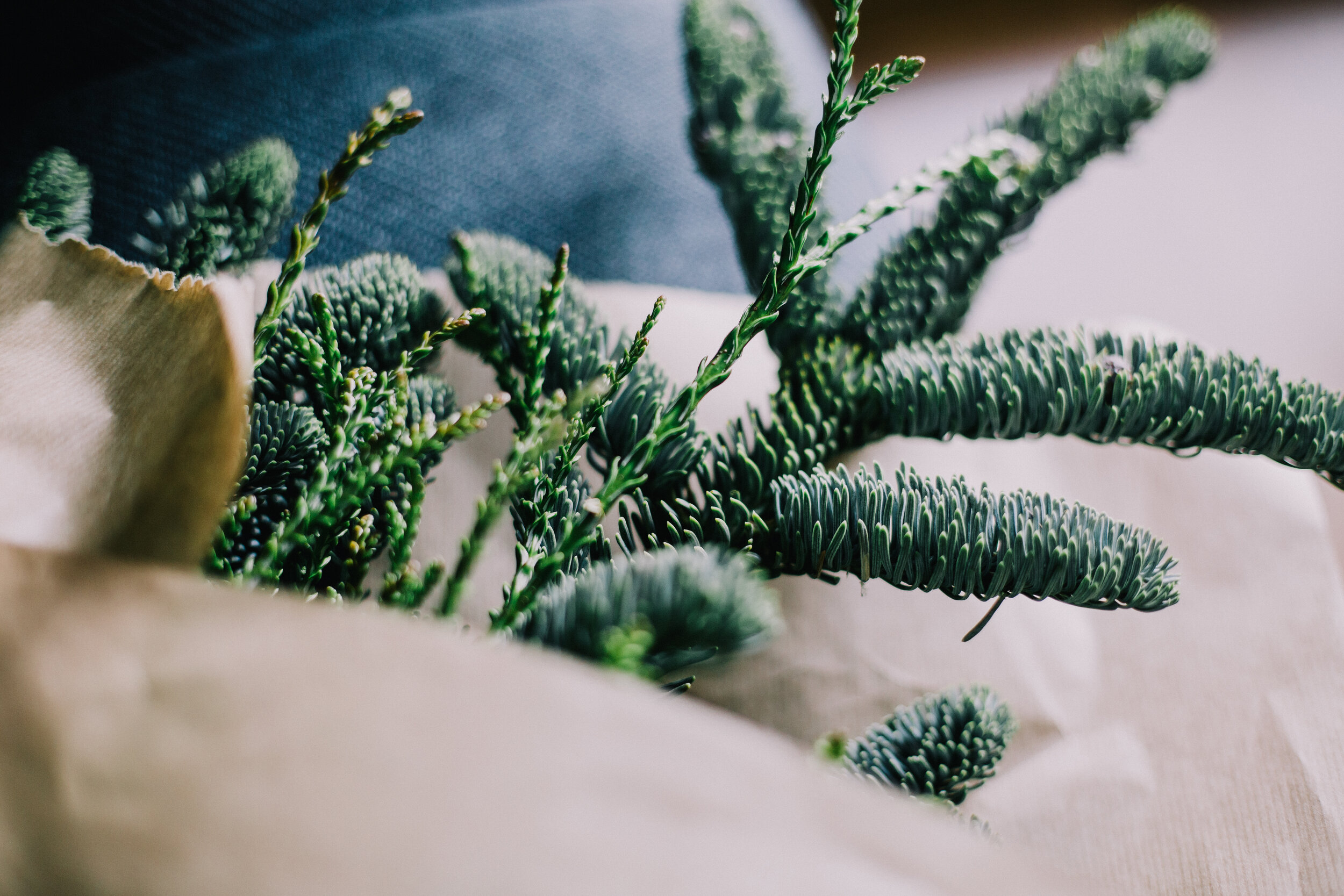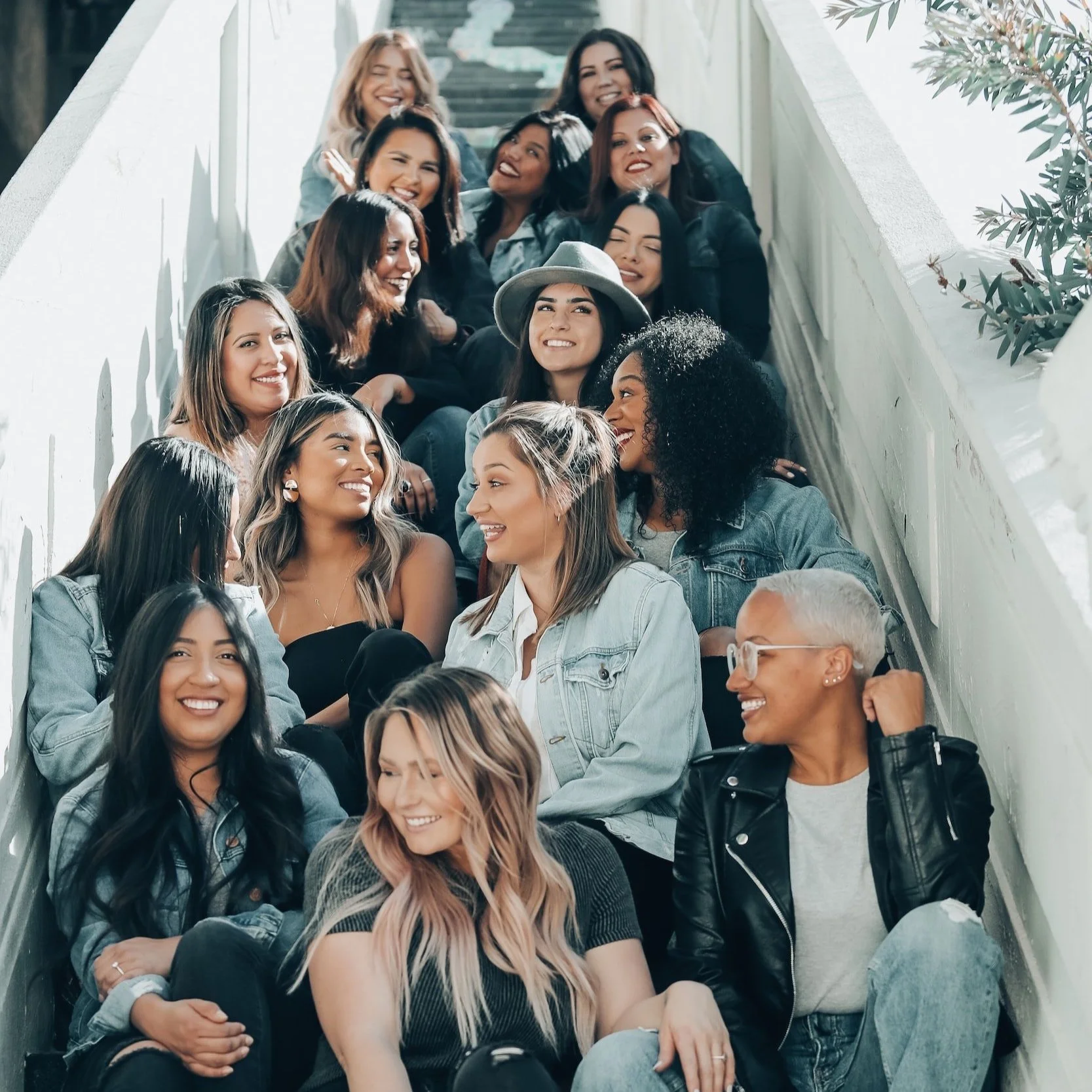Breaking Down the Instagram Algorithm in 3 Acts
In June 2018, Instagram held a press conference - the first ever! - to explain how its algorithm worked. (Holy A.I., Batman... it's insanely advanced.)
What we already knew: the algorithm pulls from our Instagram interactions.
What we learned: what specific interactions influence our feed's algorithm.
ACT 1 : HOW YOU INTERACT MATTERS
The top three specific interactions affecting what we see in our feeds:
Interest: Instagram predicts how much you'll care about a new post determined by your past behavior with similar content. For example, if you liked and commented on a lot of coffee images in the past, they'll keep showing you similar posts from those you follow.
Timeliness: how recently a post of interest (see above) was shared from someone you interact with on a regular basis; you'll see their most recent coffee picture toward the top of your feed.
Relationship: how close you are to the other account in terms of engagement (this is a biggie!); in other words: any and all engagement, including reciprocal engagement and direct messages, bumps up an account in your feed.
Let's put all of this into a real world example: imagine you're a ceramic maker, and a local flower shop is a wholesale client. The two of you follow each other and as you like/comment on her posts, the algorithm bumps her content up in your feed. When she posts an arrangement in one of your vases, she includes your handle in the content *AND* tags you on the image; and you - of course - comment with gratitude (bump). When you repost the floral arrangement image on your own Story, you include her handle in the content and tag too (bump-bump)… well, you see where this is going.
Due to the amount of activity between the florist and you happening on a regular basis, Instagram has determined you two are "best friends." You'll see her content at a higher rate compared to someone where your engagement is limited to only liking images. (And please note I said "regular", not "daily.")
Missing content from your best-friend-in-analog's feed? Double check if you're engaging with her posts consistently and include her handle on an Instagram Story the next time you're thinking about her. Show the algorithm she's really your best friend.
ACT 2 : YOUR TRUE AUDIENCE MATTERS
I often hear clients and others say in frustration, "I followed a bulk of my competitor's followers, but I'm not getting new business from it. Why?"
So the short response: that tactic isn’t going to work for numerous reasons (and we’ll get into that later); but for today's topic:
The algorithm shows us how and why two accounts who follow the exact same list of people will each see a completely different feed of images due its focus on individual interaction;
Every brand engages with its followers differently - and audiences interact with brands differently for various reasons.
And last but certainly not least: the algorithm pulls from reciprocal engagement.
Meaning, your competitor down the street may have perfected her audience-related CTAs to get a response thanks to trial and error; she might have a different platform strategy or demographics; and there are SO many other factors that may contribute to it (btw: this is why running an and strategy is crucial).
In short: just because you both sell the same or similar products doesn't mean your audiences are going to perfectly mirror one-another. (Some overlap? Yes, possibly.) But here’s the inside scoop when it comes to “hacking” the Instagram algorithm: Acknowledge every brand, and every audience member, is different.
ACT 3 : HOW WE USE THE APP MATTERS
The other half of the algorithm isn't as sexy as the first, but it shows us why we need to take how we use the app itself into consideration:
Frequency: how often you log in will determine what you're shown; for example, if you log in hourly, there's less new content to pull from those you follow, verses if you log in once or twice a day;
Following: the more people you follow, the algorithm has a wider selection to pick from with the above factors in mind, which can be both a blessing and a curse;
Usage: how long and often you're on the app will determine what content you're shown; short visits mean the algorithm will cherry-pick top content, however if you're on for longer amounts of time, it will show you more variety from those you follow while still prioritizing "best friend" content.
Additionally, the algorithm plays off how often you post; meaning if you were a serial poster, posting content 2-3 times a DAY; then pulled back, posting 2-3 times a WEEK, your engagement will drop, but don’t fret. The algorithm will even out. Just keep focusing on your audience. They’ll find you and your content.
Thanks to the amount of content constantly getting pushed out, the algorithm allows us to see those we interact with the most, even if we're a serial liker, rarely commenting on other people's content. It conforms to our specific way of interacting. This also means, for example, if we rarely pause from scrolling to watch a video, it's going to severely limit videos in our feed.
bottom line:
Creating captivating, genuine content is only half the battle; making time in your schedule to genuinely engage with others will increase brand awareness efficiently and effectively on Instagram.
Our Instagram Algorithm Tip: Engaging with others doesn't have to be an every-day-hours-long task. Block out 20-30 minutes within a few hours of a post going live to offer genuine interaction with those who comment on your post(s). Yes, it's ideal to do as the post goes live, but don't trip yourself up if that's not possible. And while you scroll through your feed, don't forget to engage with others' content! Give a little love. Get a little love.
Follow us on Instagram















